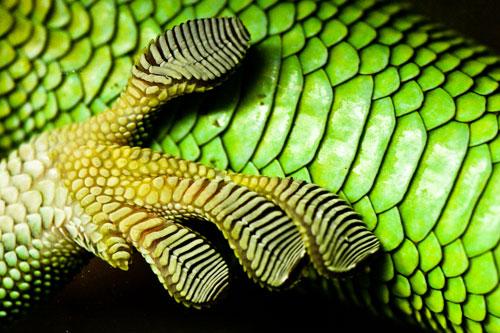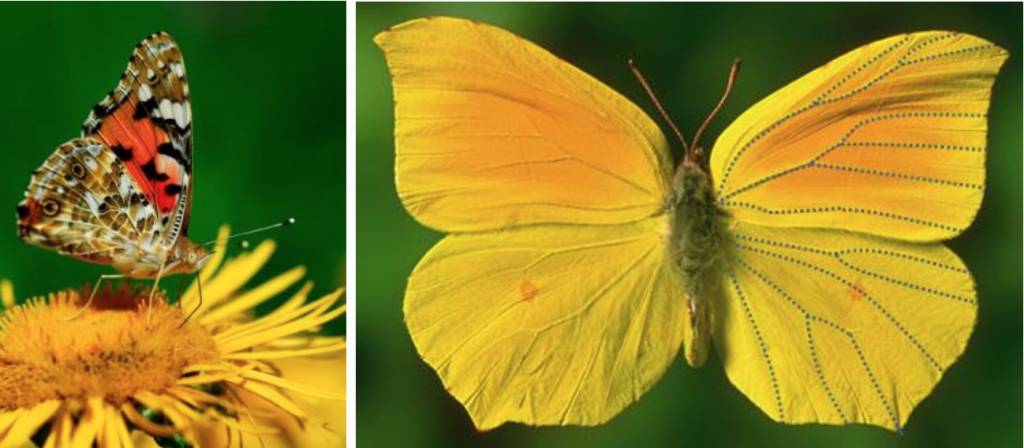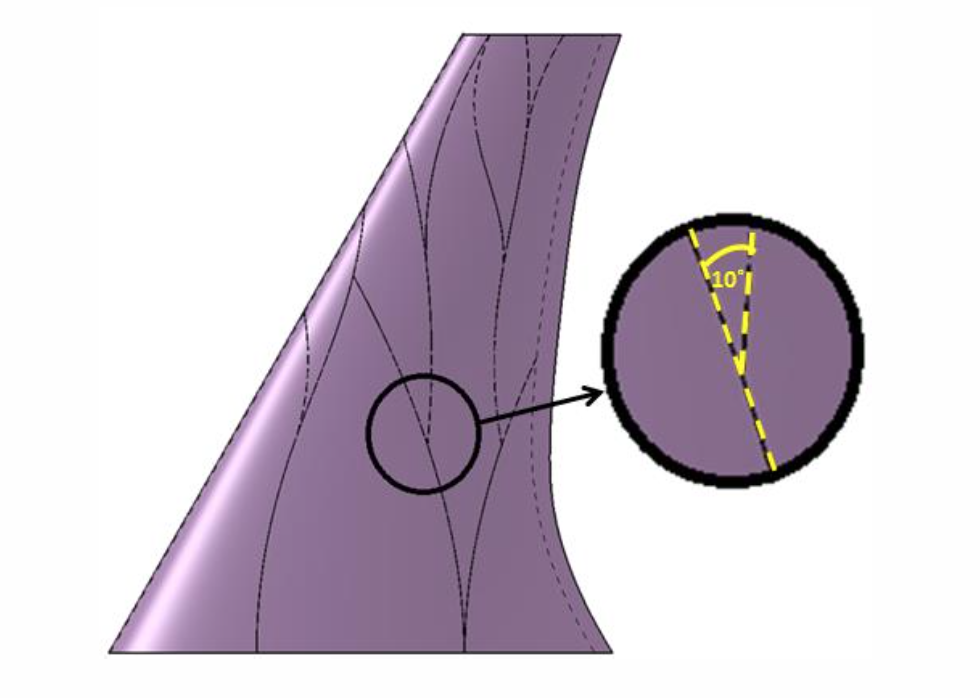 Nature is the ultimate designer; what else can we imagine could design something that is self-replicating, converts the energy of the sun to food, creates oxygen, and can last for hundreds of years? From the incredible ability of the gecko to climb vertical surfaces to the self-cleaning capabilities of the water lily, people have been amazed and inspired by the ingenuity with which nature creates solutions to problems that no amount of artificial engineering ability seems to master.
Nature is the ultimate designer; what else can we imagine could design something that is self-replicating, converts the energy of the sun to food, creates oxygen, and can last for hundreds of years? From the incredible ability of the gecko to climb vertical surfaces to the self-cleaning capabilities of the water lily, people have been amazed and inspired by the ingenuity with which nature creates solutions to problems that no amount of artificial engineering ability seems to master.
In fact, the relationship between technology and nature is often seen as one of struggle in a win/lose competition. Small concessions are made to ‘greening’ technology, such as the provision of recycled filament for 3D printers, but looking at the very way in which the world’s systems and creatures work holds clues as to how new technologies such as 3D printing can become even more fundamentally natural.
Recently, a close study of the way in which insect wings are generated has led to valuable insight for the reduction of costs in 3D printing. As part of continuing efforts to develop a fixed-wing unmanned aerial vehicle, the Design and Prototyping Group of the Advanced Manufacturing Research Centre at the UK’s University of Sheffield undertook an effort to understand how they could reduce the use of support material when building up the layers for printing curved structures.
 Obviously, insect wings are ‘grown’ without the use of extraneous support material. Instead, the very structure of the ‘support’ is what creates the wing’s structure all while maintaining the necessary flexibility. In examining insects’ wings as a model for generation, it was noted that the veins provide an internal structure that is fractal in nature – as opposed to the ribbed structure in birds’ wings, for example.
Obviously, insect wings are ‘grown’ without the use of extraneous support material. Instead, the very structure of the ‘support’ is what creates the wing’s structure all while maintaining the necessary flexibility. In examining insects’ wings as a model for generation, it was noted that the veins provide an internal structure that is fractal in nature – as opposed to the ribbed structure in birds’ wings, for example.
 Exploring fractal mathematics allowed the research team to develop a model in which the structure is formed on the wing in the same manner as occurs in insect wings. Using an algorithm in C#, the coordinates for each branch of the fractal were calculated and projected onto the desired wing form with Catia. Due to the desire to print the wing without using support material, the structure of the design was modified so that the angle between the two layers of material was less than 30 degrees. After perfecting the model, it was then sent to print with ABS material on a Fortus 900mc 3D printer from Stratasys.
Exploring fractal mathematics allowed the research team to develop a model in which the structure is formed on the wing in the same manner as occurs in insect wings. Using an algorithm in C#, the coordinates for each branch of the fractal were calculated and projected onto the desired wing form with Catia. Due to the desire to print the wing without using support material, the structure of the design was modified so that the angle between the two layers of material was less than 30 degrees. After perfecting the model, it was then sent to print with ABS material on a Fortus 900mc 3D printer from Stratasys.
As a result of the connection between the generation of insect wings and the mechanisms by which 3D printing occurs, the team was able to eliminate both the cost of the support material and the time needed for its removal. The team has plans to utilize this fractal system to create other unsupported structural elements in the hopes that it can become a regularized method for production.
 The realization that natural surfaces, structures, and systems have much to teach the 3D printing community opens the door to a wealth of new possibilities. For example, I can imagine the elimination of the need for dyes and pigments in colored powders or filaments through the creation of structural color based on the scales in the wings of butterflies. We may never be able to compete with nature in the creation of life, but we can certainly learn a great deal from the ways in which she has done it.
The realization that natural surfaces, structures, and systems have much to teach the 3D printing community opens the door to a wealth of new possibilities. For example, I can imagine the elimination of the need for dyes and pigments in colored powders or filaments through the creation of structural color based on the scales in the wings of butterflies. We may never be able to compete with nature in the creation of life, but we can certainly learn a great deal from the ways in which she has done it.
Tell us about your thoughts for this and similar nature-based inspirations in the realm of 3D printing in the AMRC Support Structure forum thread over at 3DPB.com.
Subscribe to Our Email Newsletter
Stay up-to-date on all the latest news from the 3D printing industry and receive information and offers from third party vendors.
You May Also Like
3D Printing News Briefs, April 13, 2024: Robotics, Orthotics, & Hypersonics
In 3D Printing News Briefs today, we’re focusing first on robotics, as Carnegie Mellon University’s new Robotics Innovation Center will house several community outreach programs, and Ugogo3D is now working...
Rail Giant Alstom Saves $15M with 3D Printing Automation Software 3D Spark
3D Spark has entered into a three-year deal with the rail giant Alstom. Alstom, a transport behemoth with annual revenues of $16 billion, specializes in the manufacture of trains, trams,...
Meltio Expands Global Reach with New Partnerships in the Americas and Europe
Spanish 3D printing manufacturer Meltio has expanded its sales network across the globe. With the addition of three new partners in the United States, Brazil, Argentina, and Italy, Meltio aims...
3D Printing Webinar and Event Roundup: April 7, 2024
Webinars and events in the 3D printing industry are picking back up this week! Sea-Air-Space is coming to Maryland, and SAE International is sponsoring a 3D Systems webinar about 3D...































